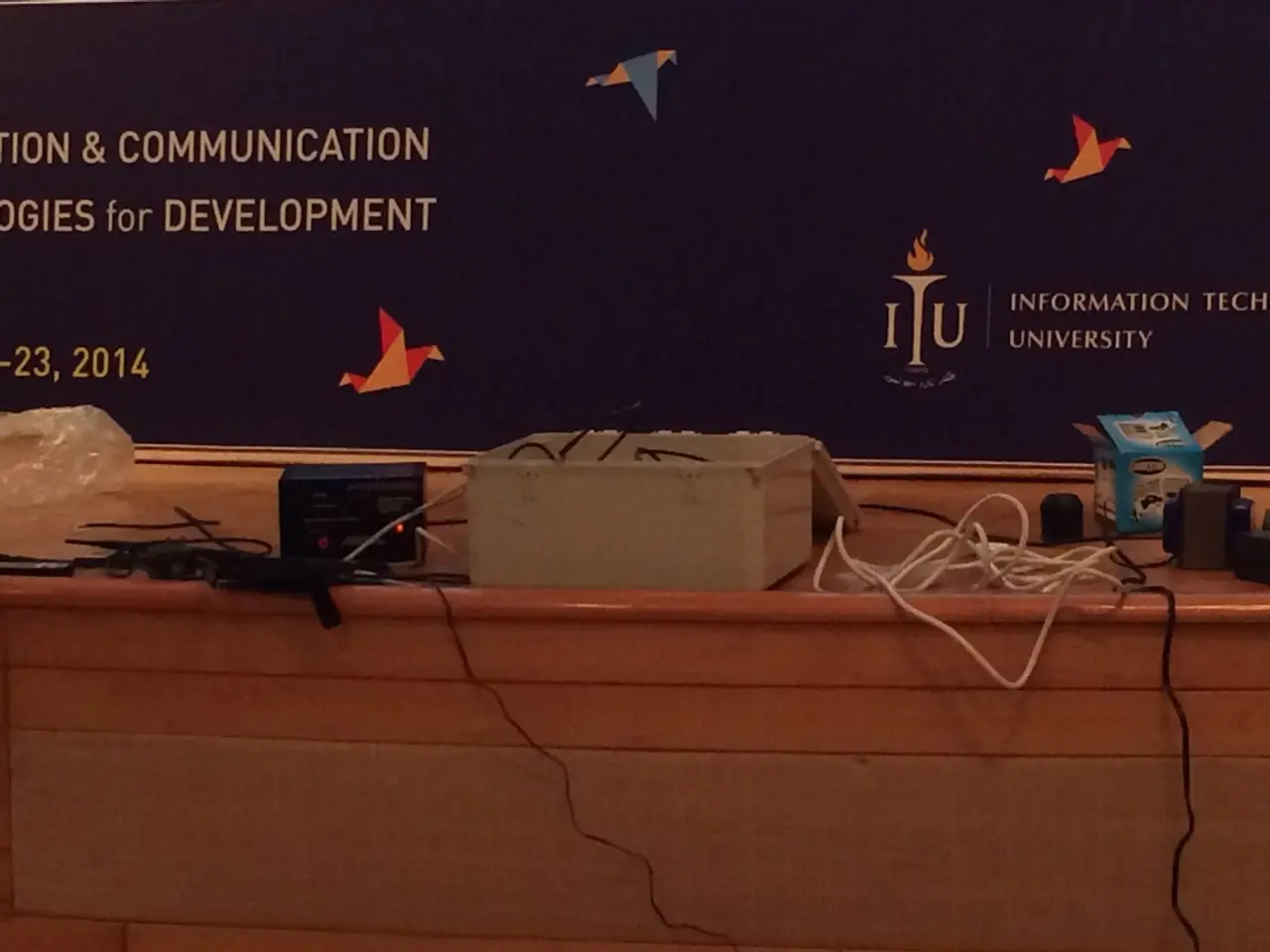Betting on the Future: Expansion Strategies in Toy Manufacturing
**Current State of the Global Toy Market: A New Era of Play and Learning**
The global toy market is thriving, propelled by technological advancements and a shift in consumer preferences towards educational and STEM toys. Here's an overview of the current trends, consumer behavior, and the impact of technology and AI on the industry.
**Trends**
1. **Educational and STEM Toys**: The demand for educational toys is surging due to their ability to foster cognitive development and align with modern educational curricula. Parents and educators are increasingly valuing play-based learning, which combines fun with educational benefits.
2. **Smart and Interactive Toys**: The integration of AI, AR, and IoT technologies is revolutionising the toy industry. Smart toys offer immersive and interactive experiences, bridging the gap between physical and digital play.
3. **Regional Growth**: North America is a significant market for smart toys, while Asia, particularly China, is witnessing rapid growth due to parents seeking educational advantages for their children.
**Consumer Behavior**
1. **Value on Learning**: Consumers are increasingly seeking toys that offer learning benefits alongside entertainment. This trend reflects a broader preference for products that support cognitive development.
2. **Safety and Privacy Concerns**: European consumers are particularly vigilant about the safety and privacy implications of smart toys. Stricter regulations in these regions can, paradoxically, boost market growth by increasing consumer trust.
3. **Digital Integration**: Consumers are embracing digital technologies in toys, leading to the development of more sophisticated and interactive play options.
**Impact of Technology and AI**
1. **AI-Powered Toys**: The AI toy market is expected to grow significantly, from $42 billion in 2025 to $224 billion by 2034. This growth is driven by advancements in AI technology that make it more affordable and accessible for toy manufacturers.
2. **Advancements in AI and Computing**: The cost and size of computing power have decreased dramatically, enabling AI to be integrated into a wide range of toys without a significant increase in cost. This has opened up new opportunities for innovation in the toy industry.
3. **Generative AI**: While generative AI is transforming industries, consumers in the toy market also demand human oversight and interaction. This highlights the need for a balanced approach between technology and human touch.
In conclusion, the global toy market is evolving rapidly, with a strong focus on educational values, technological integration, and the adoption of AI and digital technologies. Consumer preferences are shifting towards toys that offer learning benefits, and technology is enabling more sophisticated and interactive play experiences. The most successful toy brands will be those that balance innovation with familiarity, blending education with entertainment, and making sustainability accessible rather than aspirational.
In China and Japan, AI-driven toys and collectibles dominate the market, while in the US and the UK, STEM and educational toys are gaining traction. The future of the toy industry lies in its ability to innovate while staying true to the fundamental principles of play, anticipating trends, and understanding why they matter. Hollywood blockbusters, such as Captain America: Brave New World and The Fantastic Four: First Steps, are fueling the toy industry with massive toy sales. Agility is the key to staying relevant in a market where trends can explode overnight. The global toy market, worth over $108 billion, is evolving and not slowing down.
The global toy market's emphasis on educational and technological advancements presents a lucrative opportunity for businesses in the financial sector, as the market is predicted to expand from $108 billion to potentially over $224 billion by 2034, due to the growth of AI-powered toys. With an increasing focus on lifestyle choices that prioritize learning alongside entertainment, consumers in various regions, like China and the US, are showing preference for smart, interactive, and educational toys.




